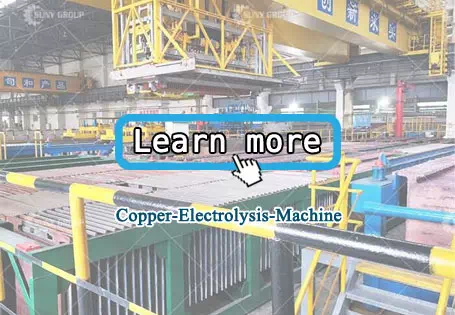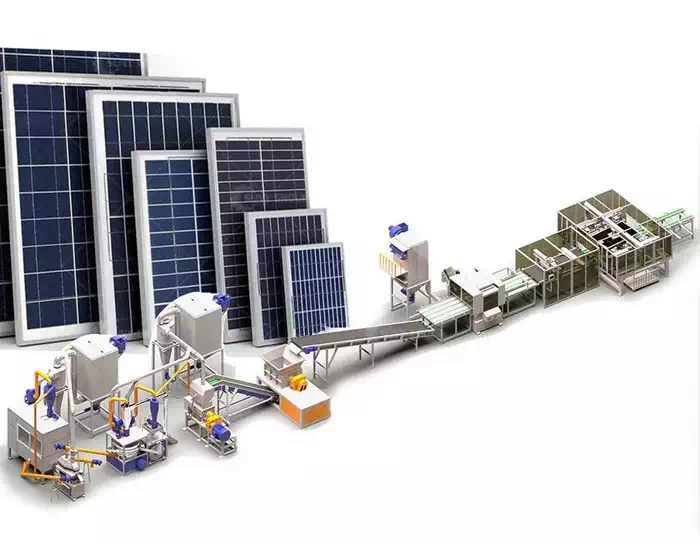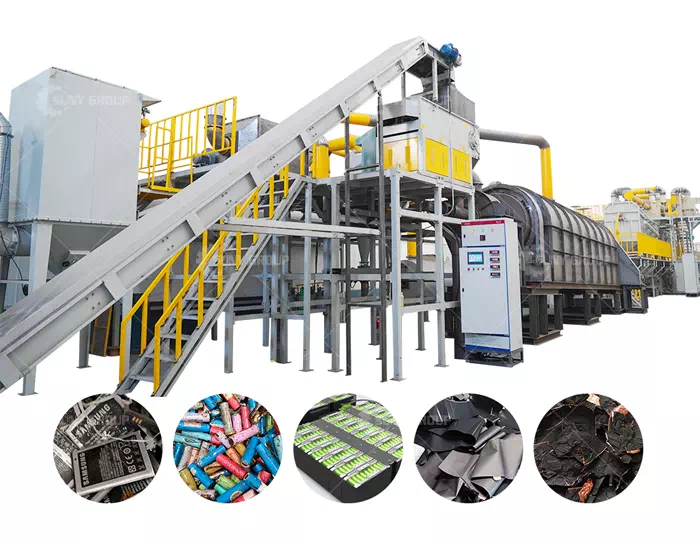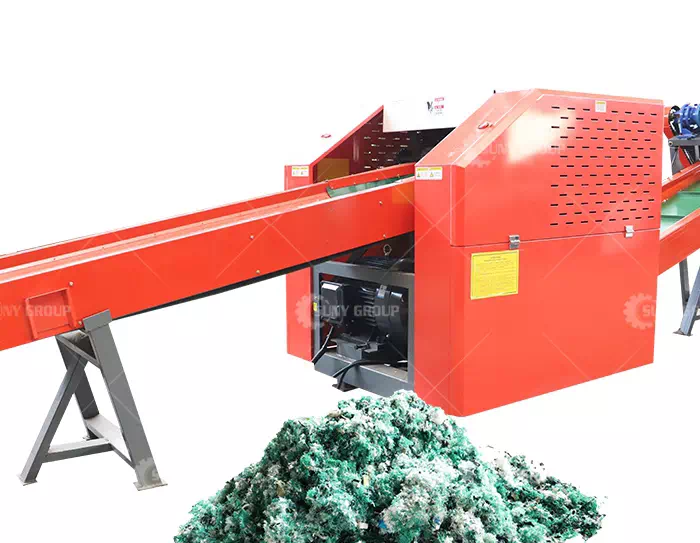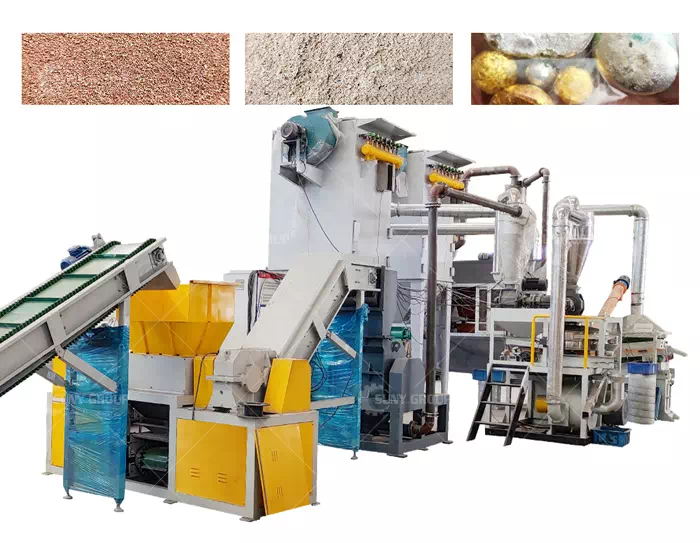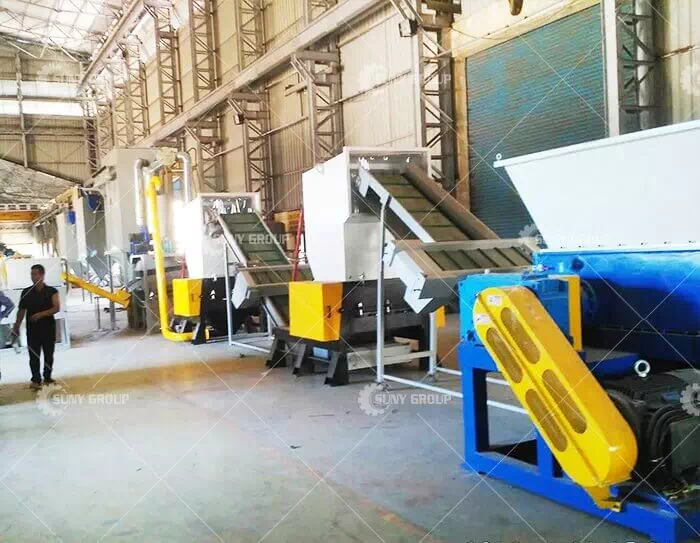What are the copper refining methods?
In order to enhance the use and processing performance of copper, it is necessary to remove impurities in crude copper, such as nickel, lead, arsenic, etc., while recovering the valuable metals in it, such as gold and silver, etc. This is the refining process of crude copper. The process is generally divided into two stages, one is the fire refining of crude copper into anode copper, and the other is the electrolytic refining of anode copper into electrolytic copper.
1. Fire refining
Fire refining is the process of crude copper - anode copper, the basic process is in the refining furnace to the crude copper melt drummed into the air, so that the melt has a greater affinity for oxygen impurities such as zinc, iron, lead, nickel, etc., oxidation, in the form of oxide floating on the surface of the melt to form slag, or volatilization into the furnace gas and removed, the residual oxygen by reducing the removal of can be cast into the anode plate. In summary, this process can be divided into five steps: charging, melting, oxidation, reduction and casting. In the reduction step, the mainstream reducing agents are ammonia, liquefied petroleum gas and heavy oil, of which China is dominated by heavy oil, about 4kg of reducing agent is required for tons of copper.
Refining furnace generally has fixed refining reflector, rotary refining furnace and tilting refining furnace, among which, rotary refining furnace has better refining effect, higher product quality, energy saving and lower production cost, which has good economic benefits.
In addition to the anode plate (containing 99.2%-99.7% Cu), there are slag, furnace gas and soot in the refined product. Among them, the slag has a high copper content of about 10%-30%, which generally needs to be returned to the converter for blowing or added to the blast furnace for further treatment. The composition of the furnace gas is generally O2, CO2, CO, and does not contain SO2, so it can be directly discharged.
2. Electrolytic refining
Electrolytic refining is the process of anode copper - refining copper, the basic process is in the electrolyzer will be the anode plate and the beginning of the electrode sheet (pure copper or stainless steel) at the same time immersed in the electrolyte (sulfuric acid and copper sulfate aqueous solution), under the action of direct current, the copper on the anode in an ionic state into the electrolyte and electrochemical precipitation on the cathode, become cathode copper (electrolytic copper ), and the valuable metal is recovered by precipitation in the form of anode sludge. The basic principle of this method is to separate copper and impurities by using their different potential sequences.
In the traditional electrolytic process, the cathode starting piece is mainly made of pure copper, which is relatively complex and requires a separate production system, labor-intensive, and requires regular replacement of the starting piece during the production process to raise the cost. After the 1970s, the permanent stainless steel cathode method was put into use, i.e., the cathode is made of stainless steel starting sheet, and the copper cathode is stripped from the stainless steel cathode by an automatic stripping machine. This method not only does not require the establishment of a separate production plant for the starting piece, but also can greatly reduce the cycle time for replacing the starting piece, thus reducing production and labor costs. At present, this method has been widely used by domestic and foreign smelters. Permanent stainless steel cathode method can be further divided into ISA method, KIDD method and OT method, the basic form of the same, the details are slightly different.
Recommend products
CONTACT US:
If you have any requirement or suggestion, please fill in the form and send to us, thanks!E-mail:sunymachine@gmail.com | Whatsapp:+8613674945231


